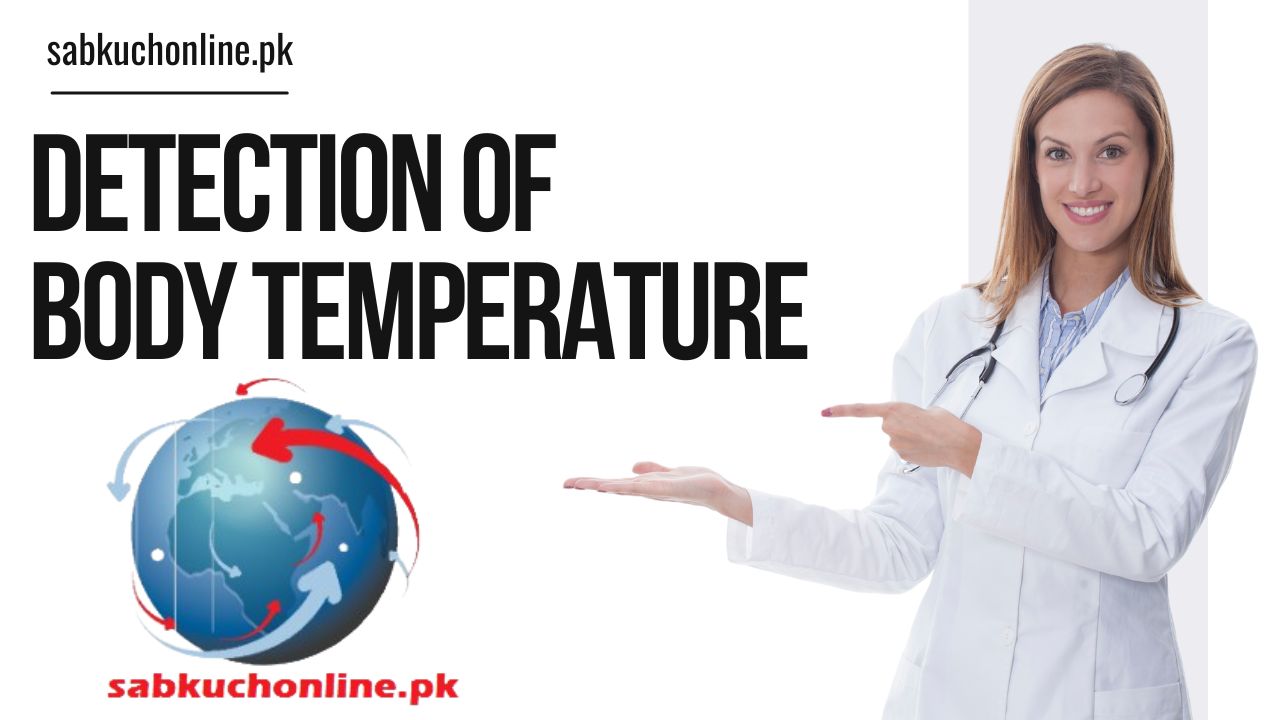The human body has a few instruments for distinguishing and controlling internal heat level to keep a stable interior climate, a cycle known as thermoregulation. The recognition of internal heat level includes specific sensors, fundamentally situated in the skin and the mind. Here are the key parts engaged with the recognition of internal heat level:
- Fringe Thermoreceptors:
Area: Tracked down in the skin, especially in the dermis.
Capability: These receptors are delicate to changes in outer temperature. At the point when the skin is presented to temperature varieties, fringe thermoreceptors convey messages to the cerebrum to start fitting reactions. - Focal Thermoreceptors:
Area: Situated in the focal sensory system, particularly in the nerve center.
Capability: Focal thermoreceptors screen the temperature of the blood, which mirrors the general internal heat level. The nerve center, a critical administrative focus in the cerebrum, gets signals from these receptors to start restorative activities. - Nerve center:
Area: In the mind.
Capability: The nerve center goes about as the body’s indoor regulator and gets input from fringe and focal thermoreceptors. It contrasts the real internal heat level and the set point (a foreordained temperature at which the body works ideally) and conveys messages to effectors to change internal heat level depending on the situation. - Effectors:
Models: Sweat organs, veins, and skeletal muscles.
Capability:
Sweat Organs: When the internal heat level transcends the set point, the nerve center animates sweat organs to deliver sweat, which dissipates and cools the skin.
Veins: The nerve center can guide veins to widen (vasodilation) to deliver more intensity or contract (vasoconstriction) to ration heat.
Skeletal Muscles: Shuddering is a component started by the nerve center to produce heat when the internal heat level dips under the set point. - Conduct Reactions:
Models: Looking for conceal, wearing suitable dress, moving to a hotter or cooler climate.
Capability: People can deliberately change their conduct because of natural temperatures, adding to thermoregulation. - Thermoregulatory Focuses in the Skin:
Capability: Certain region of the skin have particular thermoregulatory focuses that can start reactions, like perspiring or vasoconstriction, autonomously of the focal sensory system. - Criticism System:
Capability: Thermoregulation is a criticism controlled process. Fringe and focal thermoreceptors persistently give input to the nerve center, empowering the body to make ongoing changes in accordance with keep a stable inside temperature.
The coordination of these components permits the body to answer changes in ecological temperature and inside heat creation, guaranteeing that the center internal heat level remaining parts inside a thin and ideal reach for physiological cycles.
